Home>Garden Essentials>How To Remove Seeds From Tomatoes
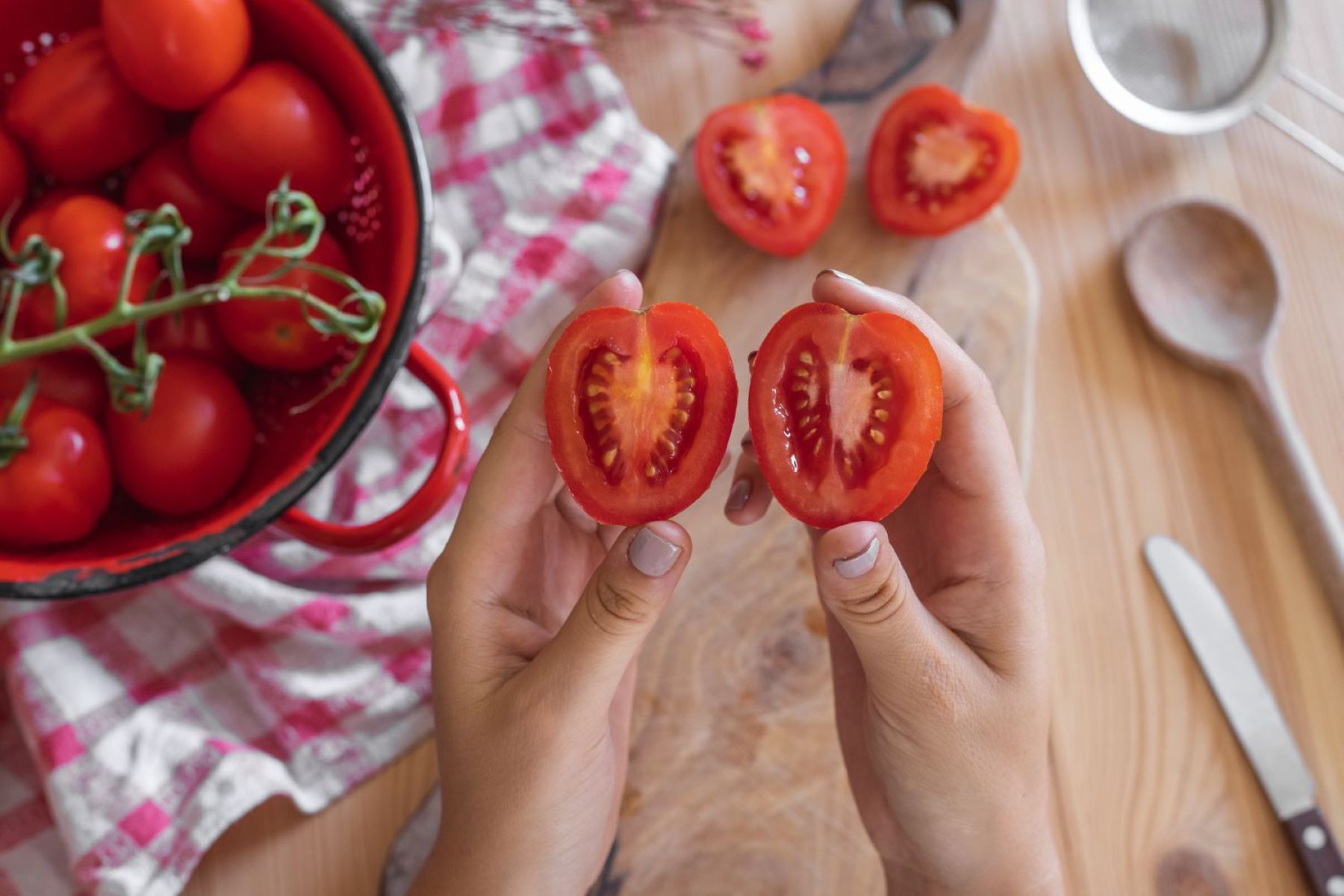

Garden Essentials
How To Remove Seeds From Tomatoes
Modified: March 16, 2024
Learn the best techniques to remove seeds from tomatoes in your garden. Follow these simple steps for delicious, seedless tomatoes every time.
(Many of the links in this article redirect to a specific reviewed product. Your purchase of these products through affiliate links helps to generate commission for Storables.com, at no extra cost. Learn more)
Introduction
Welcome to the world of gardening! Whether you have a full-scale garden in your backyard or a small herb garden on your balcony, one thing is certain – gardening can be a rewarding and fulfilling hobby. From planting seeds to nurturing plants and eventually harvesting the fruits (or vegetables) of your labor, every step in the gardening process offers a sense of accomplishment.
One of the joys of gardening is being able to enjoy the fresh produce that you grow. Tomatoes, in particular, are popular among gardeners for their juicy and flavorful taste. However, when it comes to using tomatoes in recipes, one common dilemma that many gardeners face is whether or not to remove the seeds.
In this article, we will explore the reasons why removing tomato seeds may be beneficial, as well as various methods for effectively removing them. So, whether you’re a seasoned gardener or just starting out, read on to discover how to remove seeds from tomatoes and enhance the taste and texture of your dishes.
Key Takeaways:
- Say goodbye to bitter and gritty tomato dishes! Removing tomato seeds enhances flavor, texture, and appearance. Choose from simple squeezing to roasting methods for seedless culinary creations.
- Enjoy hassle-free seed removal with spoon, sieve, or strainer. Save tomato juice for other recipes and even save seeds for future gardening. Elevate your dishes with seedless tomatoes!
Read more: How To Remove Seeds From Tomato Sauce
Why Remove Seeds?
When it comes to using tomatoes in recipes, you may wonder why removing the seeds is necessary. After all, the seeds are a natural part of the tomato, right? While it’s true that the seeds themselves are not harmful or inedible, there are a few reasons why you might consider removing them:
- Bitterness: Tomato seeds have a slightly bitter taste that can affect the overall flavor of your dishes. By removing the seeds, you can eliminate this bitterness and create a more balanced and enjoyable flavor profile.
- Texture: The seeds of a tomato can be quite small and can add a slightly gritty texture to salads, sauces, and other dishes. By removing the seeds, you can achieve a smoother and more desirable texture in your culinary creations.
- Presentation: Tomato seeds can be visually unappealing in certain dishes, particularly when using fresh tomatoes as a topping or garnish. Removing the seeds can enhance the appearance of your dishes and make them more visually appealing.
Additionally, if you’re planning to use tomatoes in recipes that require a more concentrated flavor, such as tomato sauce or tomato paste, removing the seeds can help intensify the flavor of the final product. This is because the seeds contain a higher water content, and removing them can result in a thicker consistency and a richer taste.
Now that we understand the reasons behind removing tomato seeds, let’s explore some effective methods for achieving seedless tomatoes.
Methods for Removing Seeds
There are several methods you can use to remove seeds from tomatoes, depending on your preference and the tools available. Here are four popular methods to consider:
-
Squeezing and Straining
This is perhaps the simplest method for removing tomato seeds. Start by cutting the tomato in half horizontally. Hold each tomato half over a bowl or sink, with the cut side facing down. Gently squeeze the tomato to remove the seeds and excess juice. To further separate the seeds, you can use your fingers or a spoon to scrape them out. If desired, strain the remaining pulp and juice through a mesh strainer or cheesecloth to remove any remaining seeds.
-
Using a Spoon
If you prefer a more precise approach, using a spoon can be an effective method for removing tomato seeds. Begin by cutting the tomato in half horizontally. Hold one tomato half in your hand, cut side up. Using a spoon, gently scoop out the seeds and pulp, being careful not to remove too much of the flesh. Repeat with the remaining tomato halves.
-
Using a Sieve or Strainer
If you’re working with a larger quantity of tomatoes or prefer a hands-free method, using a sieve or strainer can be a time-saving option. Cut the tomatoes into quarters and place them in a bowl. Press the tomatoes against the sides of the sieve or strainer, allowing the seeds and juice to pass through while catching the pulp. Give the strainer a gentle shake to help separate the seeds from the pulp. Once the majority of the seeds have been removed, discard them and continue processing the pulp as desired.
-
Roasting and Peeling
This method not only removes the seeds but also enhances the flavor of the tomatoes. Start by cutting a small “X” on the bottom of each tomato. Place the tomatoes on a baking sheet and roast them in the oven at 400°F (200°C) for approximately 10-15 minutes, or until the skin begins to wrinkle and peel. Remove the tomatoes from the oven and let them cool. Once cooled, gently peel off the skin, which will also remove the majority of the seeds. Use a knife or spoon to remove any remaining seeds or pulp.
Each of these methods has its advantages, so choose the one that suits your needs and preferences best. Now that you have learned the methods for removing tomato seeds, let’s explore some tips and tricks to make the process even easier.
Squeezing and Straining
The squeezing and straining method is a simple and effective way to remove tomato seeds. Here’s how to do it:
- Begin by cutting the tomato in half horizontally to expose the seeds.
- Hold each tomato half over a bowl or sink, with the cut side facing down.
- Gently squeeze the tomato to remove the seeds and excess juice. This can be done by applying gentle pressure with your fingers or using the palm of your hand.
- If there are still some seeds remaining, you can use your fingers or a spoon to scrape them out.
- If desired, strain the remaining pulp and juice through a mesh strainer or cheesecloth to remove any remaining seeds. This step is optional, but it can help ensure that your sauce, soup, or salsa is seed-free.
This method is quick and requires minimal tools. It is ideal for small quantities of tomatoes or when you want to remove the seeds without much effort. Be careful not to apply too much pressure when squeezing the tomatoes, as this can cause the seeds to splatter.
Additionally, if you want to save the tomato juice for use in another recipe, make sure to strain it well after squeezing out the seeds. The resulting tomato juice can be a delicious addition to soups, cocktails, or even homemade marinades.
Now that you have mastered the squeezing and straining method, let’s explore the next technique: using a spoon to remove tomato seeds.
Using a Spoon
If you prefer a more precise approach to removing tomato seeds, using a spoon can be an effective method. Here’s how you can do it:
- Begin by cutting the tomato in half horizontally to expose the seeds.
- Hold one tomato half in your hand, cut side up.
- Take a spoon and gently scoop out the seeds and pulp, being careful not to remove too much of the flesh.
- Work your way around the tomato, using the spoon to scrape out the seeds from each section.
- Repeat the process with the remaining tomato halves.
This method allows for greater control and precision, especially if you want to remove the seeds without disrupting the flesh of the tomato. It is useful when you have larger tomatoes with well-defined seed pockets.
If you find it challenging to remove the seeds with a spoon, you can also use a small melon baller or a similar tool with a curved edge to scoop out the seeds more easily.
Once you have removed the seeds, you can proceed to use the tomato flesh in your desired recipe. Whether you’re making a fresh salsa, a bruschetta topping, or a tomato-based sauce, the spoon method ensures that your dish will be free from unwanted seeds.
Now that you have learned how to remove seeds using a spoon, let’s move on to the next technique: using a sieve or strainer.
Read more: How To Plant Tomatoes From Seed
Using a Sieve or Strainer
If you’re working with a larger quantity of tomatoes or prefer a hands-free method of seed removal, using a sieve or strainer can be a convenient option. Here’s how you can do it:
- Start by cutting the tomatoes into quarters and place them in a bowl.
- Take a sieve or strainer and place it over a separate bowl or container.
- Press the tomatoes against the sides of the sieve or strainer, allowing the seeds and juice to pass through while catching the pulp.
- Rotate and move the tomatoes around in the sieve to maximize the extraction of seeds and juice.
- Give the strainer a gentle shake to help separate the seeds from the pulp.
- Once the majority of the seeds have been removed, discard them and continue processing the pulp as desired.
This method allows for efficient removal of the seeds while saving time and effort. It works well when you have a large batch of tomatoes to process, particularly for making sauces, purees, or soups.
For a more thorough separation of the seeds, you can use the back of a spoon or a rubber spatula to press down on the pulp against the strainer. This technique helps extract more juice and ensures that the majority of seeds are removed.
Remember to periodically empty the captured pulp from the strainer into your desired container, as this will prevent it from clogging the sieve and impeding the separation process.
Now that you’re familiar with using a sieve or strainer, let’s move on to the next technique: roasting and peeling the tomatoes to remove the seeds.
Roasting and Peeling
Roasting and peeling tomatoes not only removes the seeds but also adds a delicious smoky flavor to your dishes. Here’s how you can do it:
- Start by preheating your oven to 400°F (200°C).
- Cut a small “X” on the bottom of each tomato.
- Place the tomatoes on a baking sheet lined with parchment paper or aluminum foil.
- Roast the tomatoes in the preheated oven for approximately 10-15 minutes, or until the skin starts to wrinkle and peel.
- Remove the tomatoes from the oven and let them cool for a few minutes.
- Gently peel off the skin from each tomato. As you do this, you will notice that the majority of the seeds come off with the skin.
- Use a knife or spoon to remove any remaining seeds or pulp.
This method not only removes the seeds efficiently but also caramelizes the sugars in the tomatoes, intensifying their flavor. The roasted tomatoes can be enjoyed as they are or used in various recipes like sauces, soups, salsas, or even on top of pizzas and sandwiches.
If you prefer a smokier flavor, you can also try grilling the tomatoes instead of roasting them in the oven. Simply place the tomatoes on a heated grill and cook them until the skin starts to blister and char. Then proceed with peeling off the skin and removing the seeds using a knife or spoon.
Roasting and peeling tomatoes may take a bit more time and effort compared to other methods, but the result is well worth it. The removed seeds contribute to a smoother texture in your dishes, while the roasted tomatoes add a depth of flavor that enhances the overall taste.
Now that you have learned the roasting and peeling method for seed removal, let’s move on to some helpful tips and tricks to make the process even easier.
To remove seeds from tomatoes, cut the tomato in half and use a spoon to scoop out the seeds and inner pulp. This will leave you with seedless tomato halves for your recipe.
Tips and Tricks
Removing seeds from tomatoes can be a simple and efficient process with these helpful tips and tricks:
- Choose ripe tomatoes: Ripe tomatoes are easier to work with and have more developed seed pockets, making seed removal simpler.
- Use a serrated knife: When cutting the tomatoes, using a serrated knife can help you get a clean cut and reduce the chances of squishing the flesh.
- Save the seeds: If you enjoy gardening, you can save the seeds you remove and dry them for future planting. Just make sure to rinse and dry them thoroughly before storing them.
- Adjust the thickness of your sauce: If you prefer a thicker sauce, you can remove more seeds and excess juice. Conversely, if you want a thinner consistency, you can keep some seeds to add more liquid to your sauce.
- Blanch and shock method: To make skin removal easier, you can blanch the tomatoes in boiling water for about 30 seconds, then transfer them to an ice bath. The sudden temperature change will shock the tomatoes, making the skin peel off more effortlessly.
- Save the tomato juice: When removing seeds, place a bowl underneath to catch the juice. This juice can be used to add flavor to stocks, stews, or dressings.
- Freeze excess tomatoes: If you have more tomatoes than you can use immediately, you can freeze them for later use. Prepare the tomatoes by removing the seeds and excess moisture, then freeze them in airtight containers or freezer bags.
- Cook with the seeds: While most recipes call for seedless tomatoes, some dishes may benefit from the added texture and flavor of the seeds. Consider leaving the seeds in if you’re making a chunky salsa, relish, or chutney.
Remember, the method you choose depends on your personal preference and the specific recipe you’re making. By removing the seeds, you can enhance the taste, texture, and overall presentation of your dishes.
With these tips and tricks in mind, you are now equipped with the knowledge and techniques to easily remove seeds from tomatoes and elevate your culinary creations.
Happy seedless tomato cooking!
Conclusion
Removing the seeds from tomatoes can greatly enhance the taste, texture, and presentation of your dishes. Whether you want to eliminate bitterness, achieve a smoother texture, or create a more visually appealing presentation, there are various methods you can use to remove the seeds according to your preferences and requirements.
From the simple squeezing and straining method to using a spoon, sieve, or strainer, each technique offers its own advantages and can be chosen based on the quantity of tomatoes you’re working with and the desired outcome. Additionally, roasting and peeling tomatoes not only removes the seeds but also adds a delightful smoky flavor to your recipes.
With the helpful tips and tricks provided, you can optimize the seed removal process, save tomato juice for other uses, and even save the seeds for future gardening endeavors.
Remember, the decision to remove seeds from tomatoes ultimately depends on your personal preference and the specific recipe you’re preparing. Some recipes may benefit from the added texture and flavor of the seeds, while others may call for a seedless option.
By mastering the art of seed removal, you can be a step closer to creating delicious, seed-free tomato-based dishes, such as sauces, salsas, soups, and more. Whether you’re cooking for yourself or for guests, these techniques will elevate your culinary creations and showcase the vibrant flavors of fresh tomatoes.
So, embrace the versatility of tomatoes and experiment with these seed removal methods to unlock new levels of taste and texture in your kitchen. Happy cooking!
Frequently Asked Questions about How To Remove Seeds From Tomatoes
Was this page helpful?
At Storables.com, we guarantee accurate and reliable information. Our content, validated by Expert Board Contributors, is crafted following stringent Editorial Policies. We're committed to providing you with well-researched, expert-backed insights for all your informational needs.
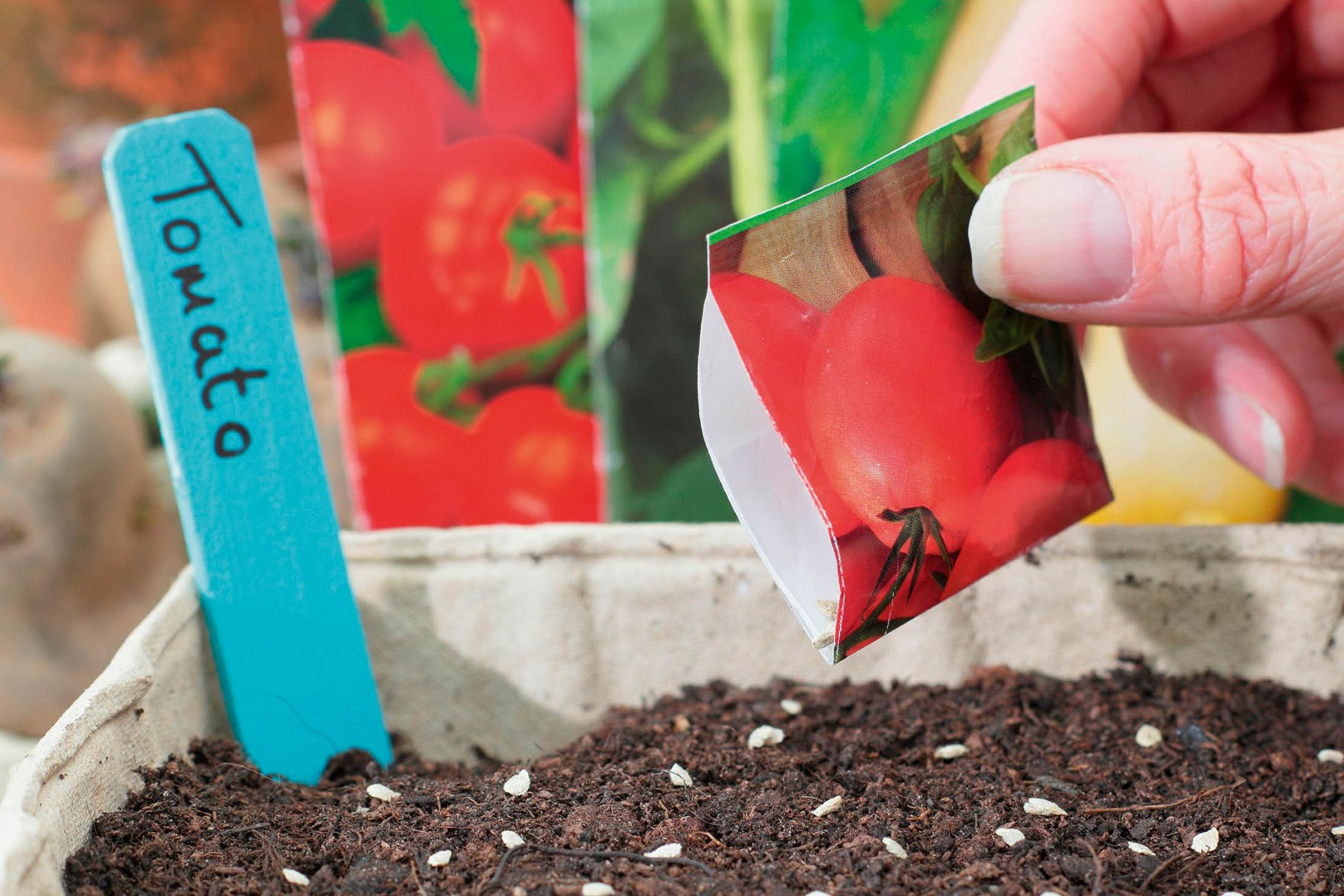
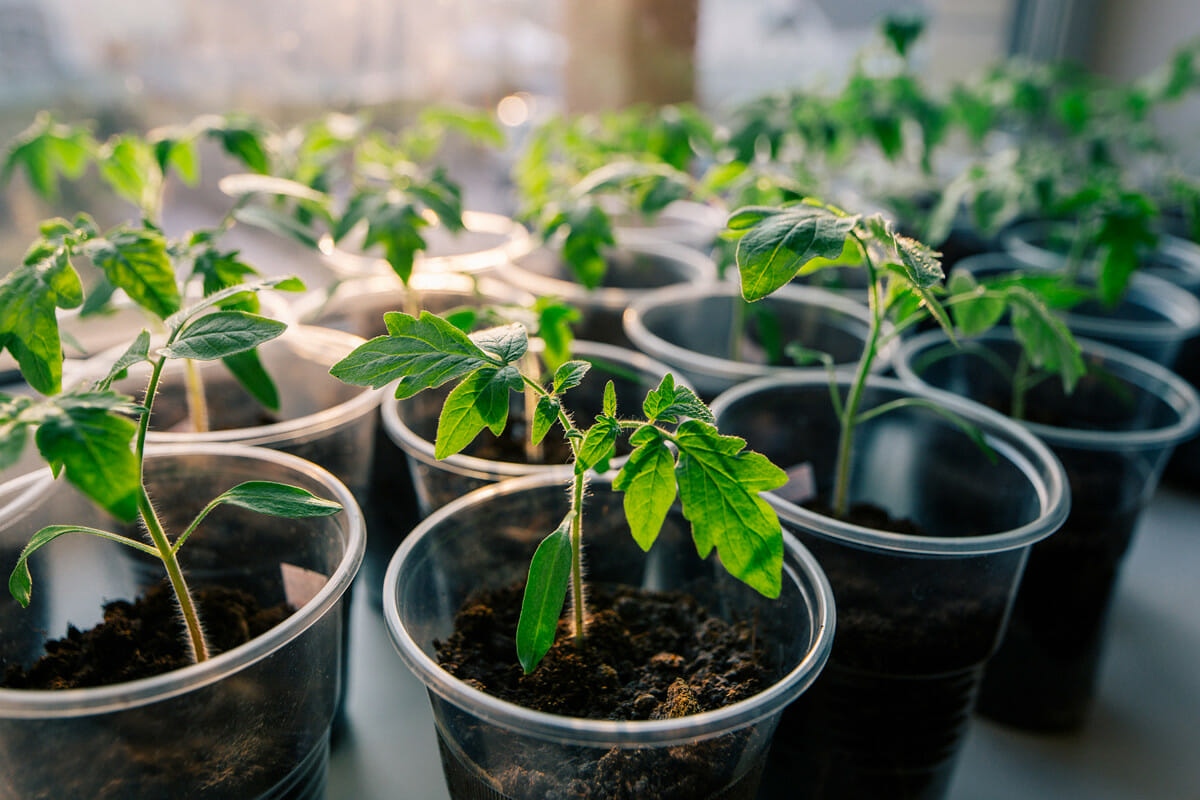
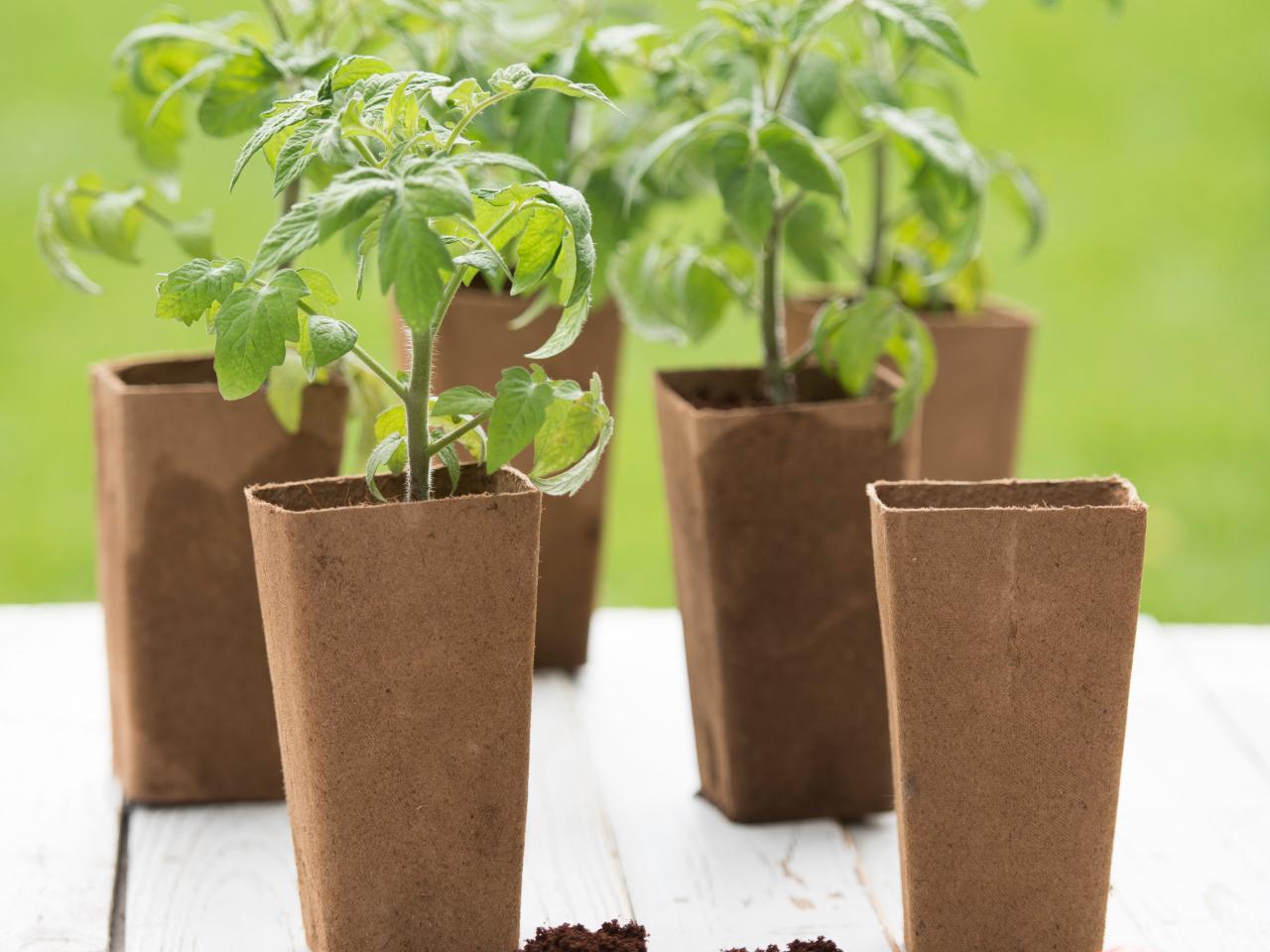
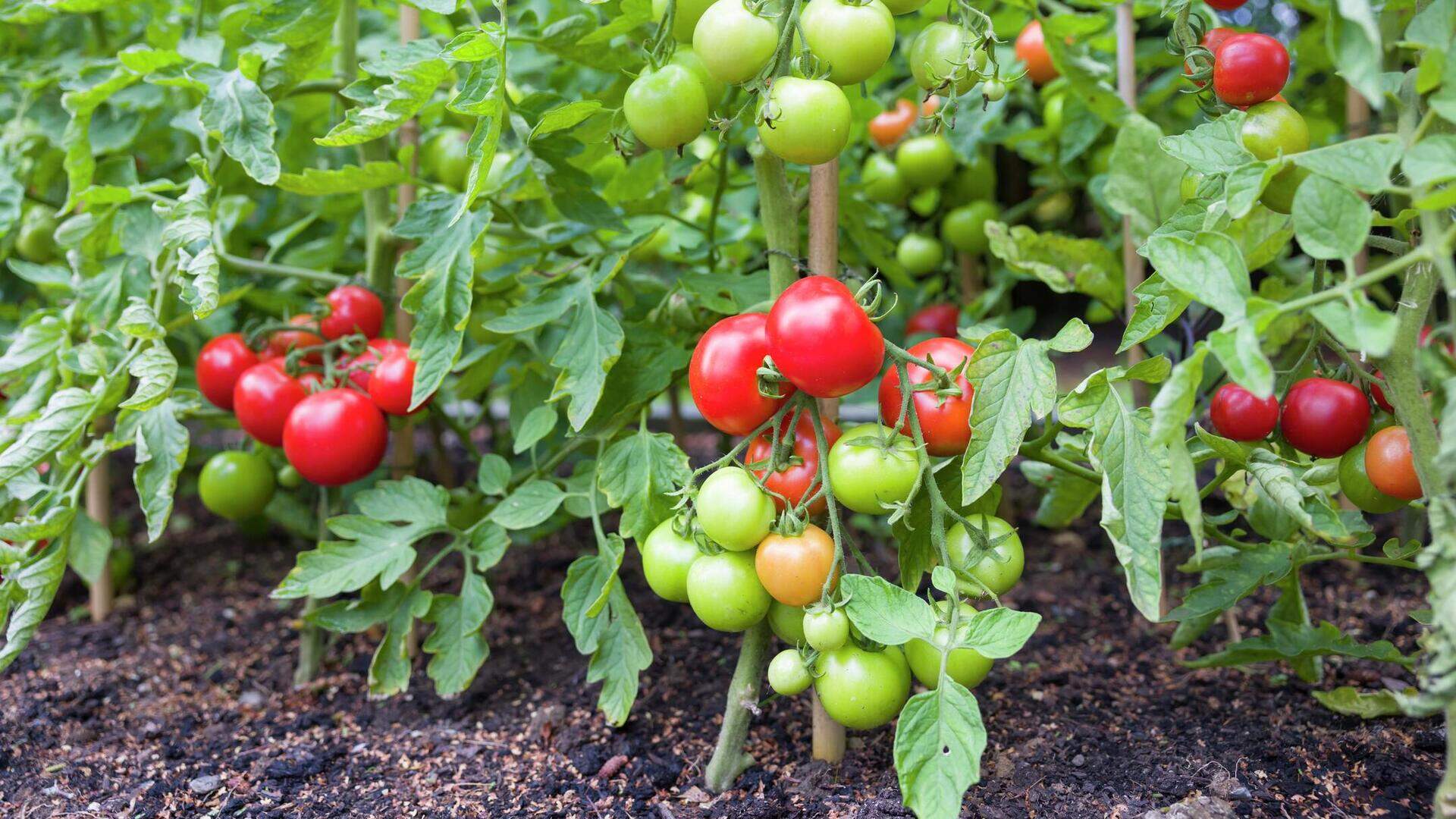
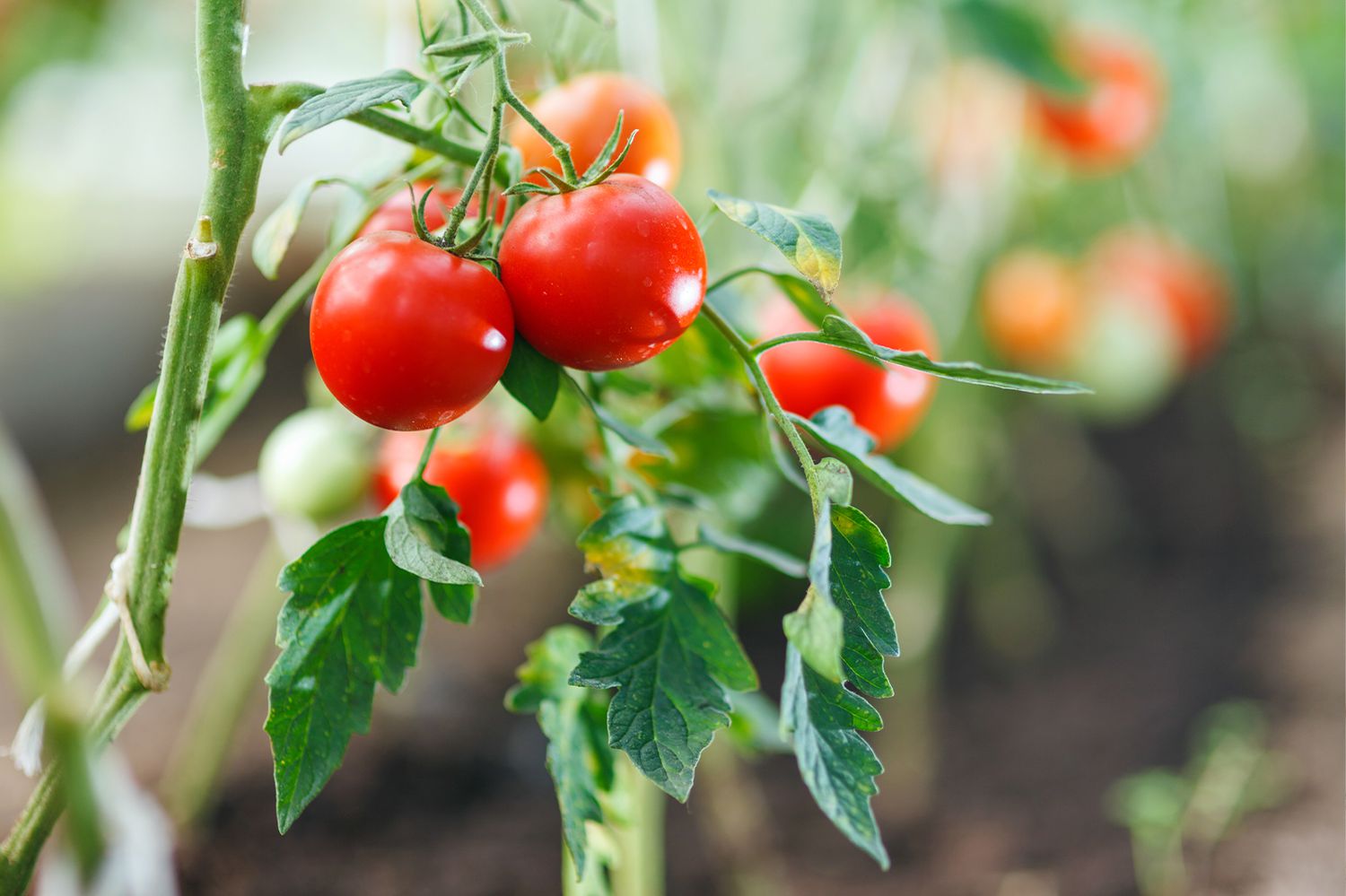
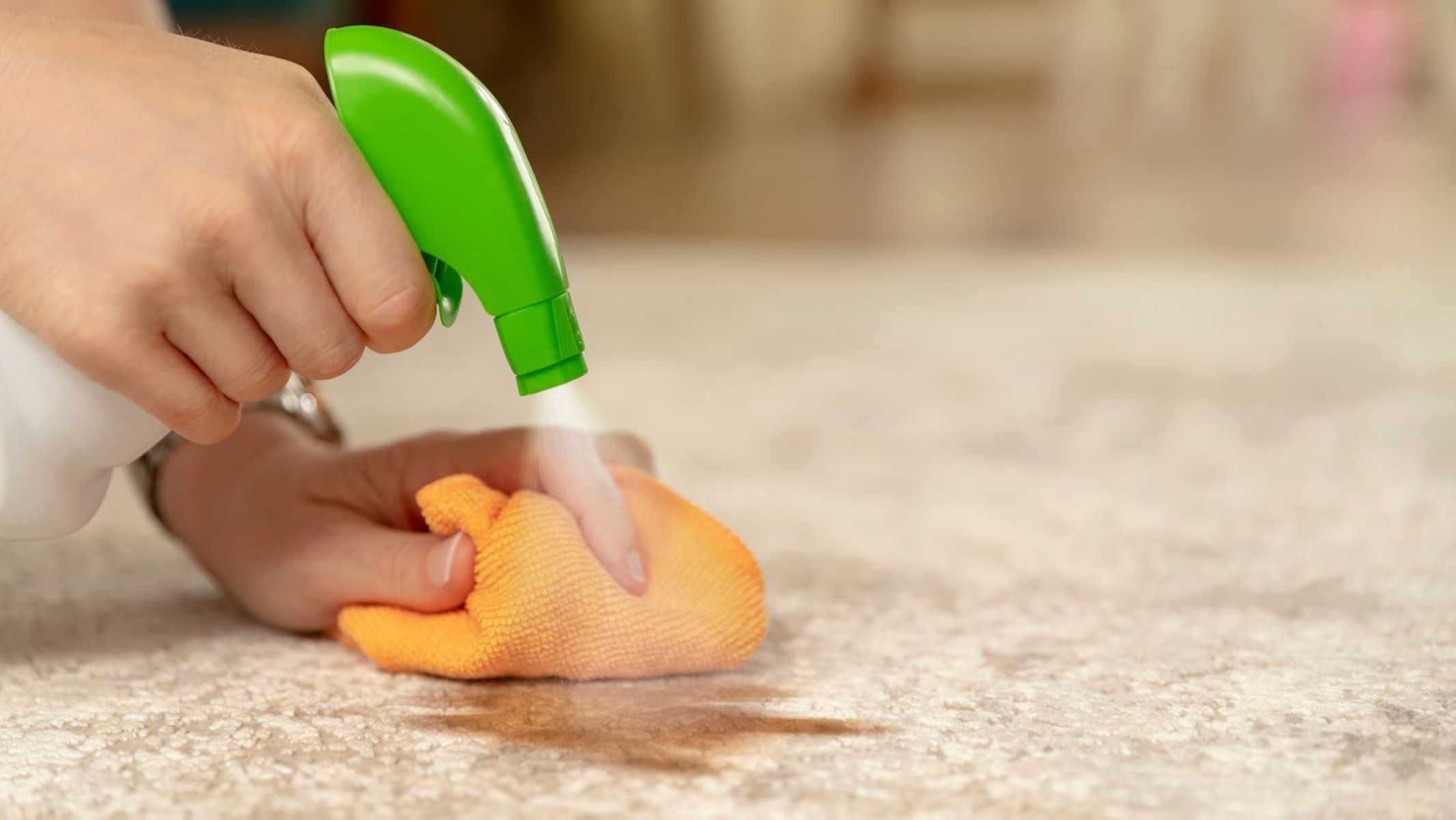
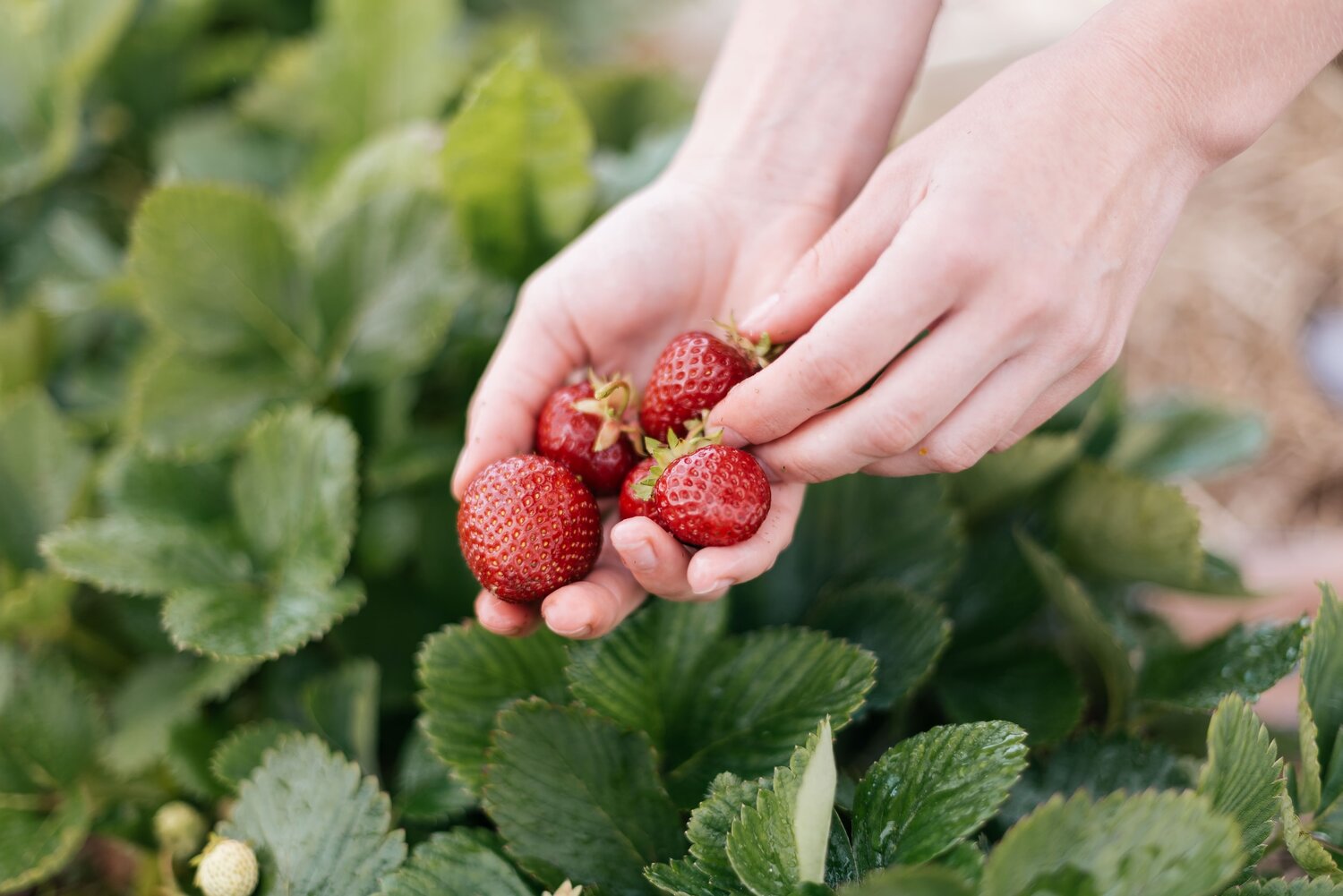
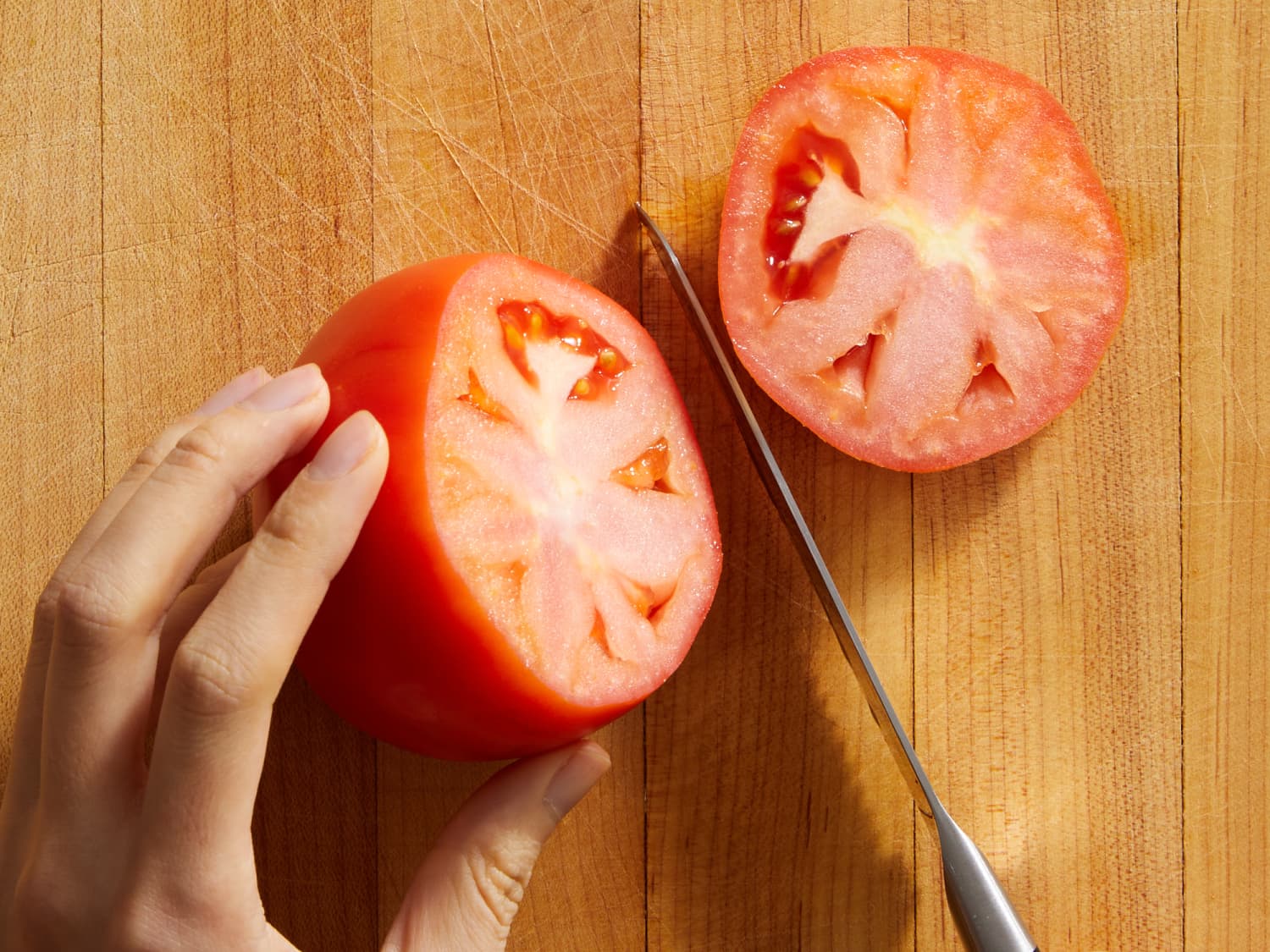

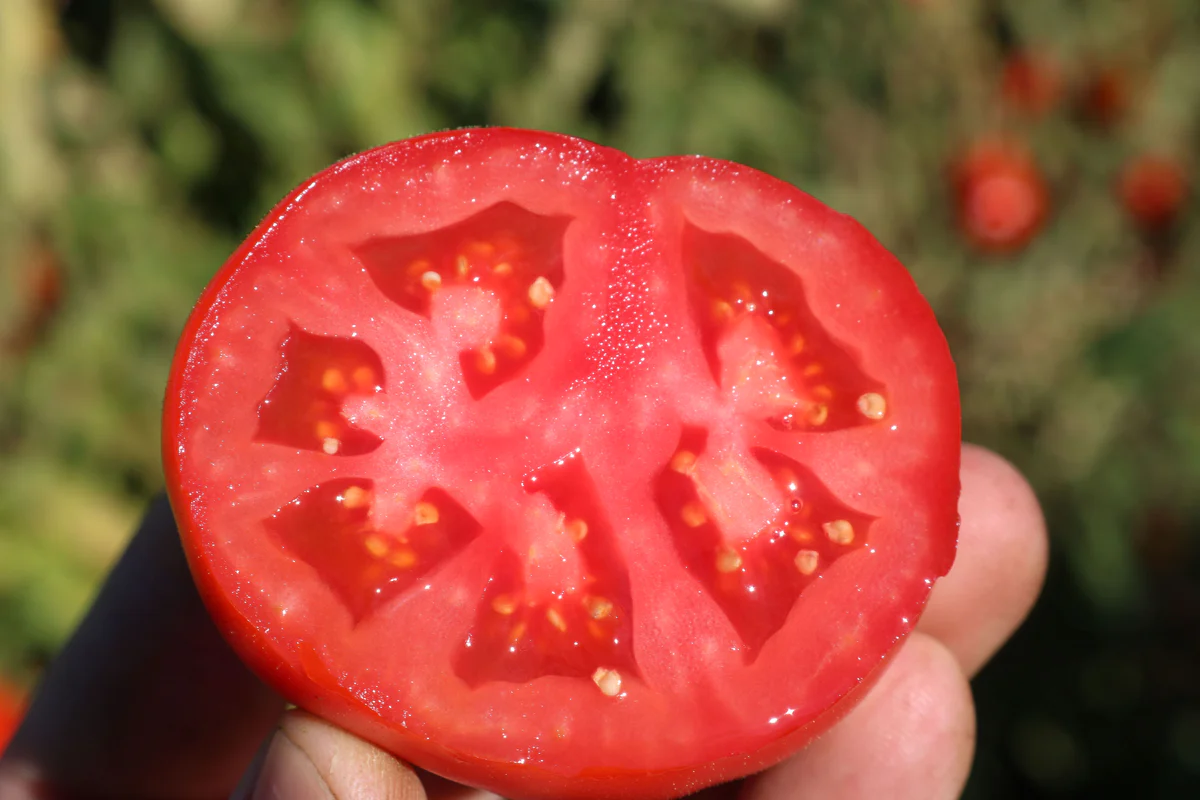

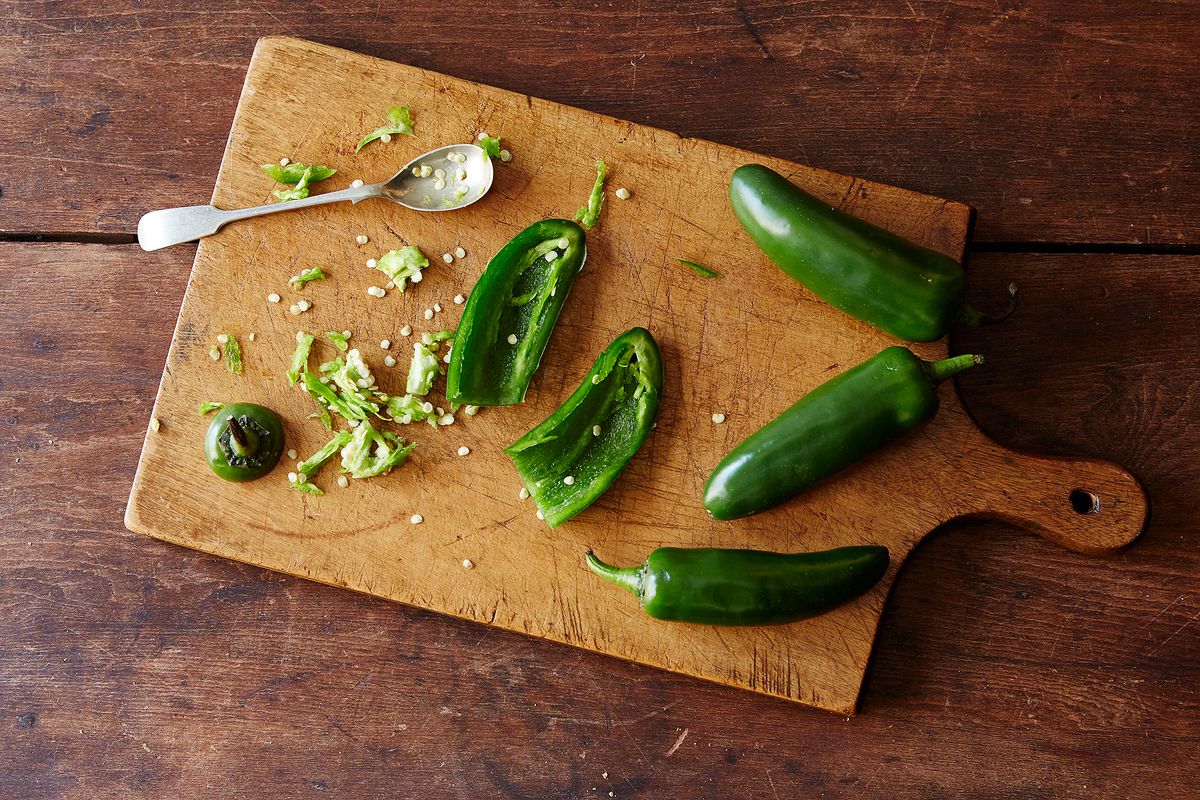
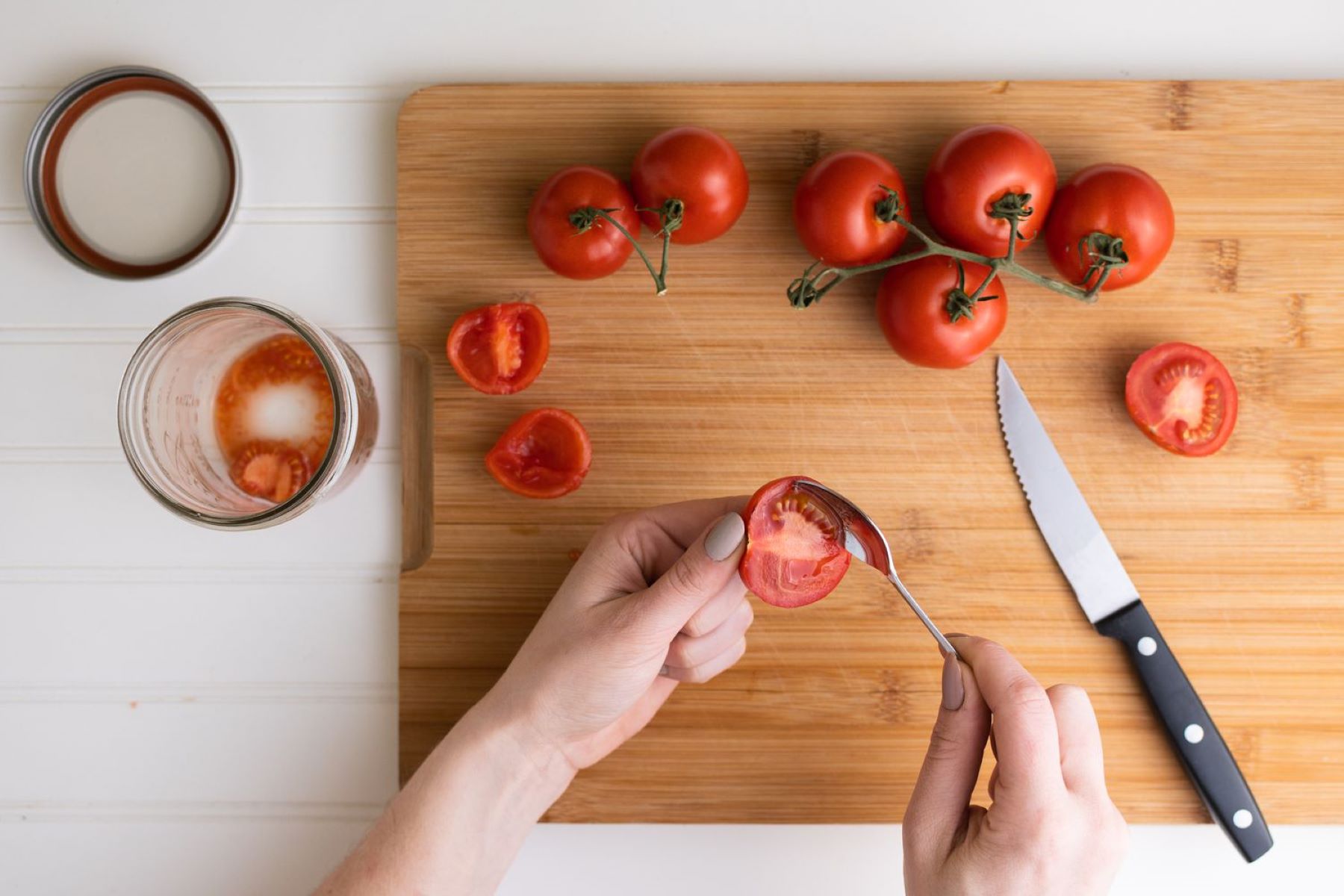

0 thoughts on “How To Remove Seeds From Tomatoes”